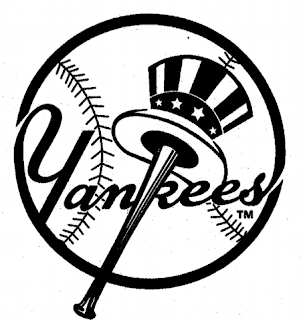And then the first case that landed on my desktop after the event was de la Cruz Gonzalez v. The Youssef Mehanna and Susana de la Cruz Joint Venture, which turned out to be a poster child for the topics discussed in Boston. Before the hearing Judge Mermelstein provided some practice tips, including that you need to both plead and prove all the elements of a claim – the Board can’t decide claims not pled and can’t decide claims not argued.
If I was a betting person, I’d bet that de la Cruz was on Judge Mermelstein’s mind when he prepared his slides. It was a nightmare procedurally – here are some of the Board’s efforts to get it sorted out:
| In addition to likelihood of confusion, the complaint alleges misrepresentation of source, deceptiveness and false suggestion of a connection. Because petitioner has only referred to misrepresentation of source and false suggestion of a connection in passing in his brief, we consider these claims to have been waived by petitioner. Also, petitioner has not discussed his claim of deceptiveness at all in his brief; we consider the claim of deceptiveness to also have been waived. Petitioner discusses fraud in its brief. Because fraud was not pleaded in the complaint, and fraud was not tried by the consent of the parties, we do not further consider petitioner’s arguments regarding fraud. . . . . [B]ecause respondent has discussed likelihood of confusion in its brief, we find that the issue of priority based on use of KUZ by petitioner on shampoo, conditioner, finishing gloss and lotion has been tried by the implied consent of the parties. The petition to cancel is deemed amended accordingly. . . . . Respondent pleaded an affirmative defense of laches but did not discuss the defense in its brief. We therefore consider respondent to have waived its affirmative defense. |
Moving to the merits, it’s a two-fer on the trademark ownership issue – a manufacturer-distributor dispute AND a family tiff. Brother-petitioner de la Cruz owned a registration in the Dominican Republic and was president of a Dominican manufacturing company, although his sister-respondent was also a shareholder. The sister owned a U.S. company of similar name and sold goods of her brother’s manufacture in the U.S. There was no written agreement between them. Ultimately the sister defaulted on payments, started sourcing goods elsewhere, and as the coup to grâce managed to have U.S. Customs exclude her brother’s goods from Puerto Rico at the border because she owned the U.S. registration.
The manufacturer-distributor relationship provided a framework for analyzing the case – although looking at the briefs it wasn’t a theory offered by either party, another lesson from Judge Mermelstein – do some research before filing, or at least before arguing.
So the Board had to sort it all out for itself. It started at the beginning, establishing that invoices showed that this was indeed a manufacturer-distributor relationship.
Following, in manufacturer-distributor disputes the manufacturer is presumed to own the mark unless there is an agreement to the contrary. There was no agreement, but a distributor can rebut the presumption by providing evidence on
| 1. which party invented or created the mark; 2. which party first affixed the mark to the goods; 3. which party’s name appeared on packaging and promotional materials in conjunction with the mark; 4. which party exercised control over the nature and quality of the goods on which the mark appeared; 5. to which party did customers look as standing behind the goods (e.g., which party received complaints for defects and made appropriate replacement or refund); and, 6. which party paid for advertising and promotion of the trademark product. |
Ferreting out the facts argued under other legal theories, at the end of the day they pointed in only one direction – the petitioner owned the mark. As noted, the registration was cancelled.
de la Cruz Gonzalez v. The Youssef Mehanna and Susana de la Cruz Joint Venture, Cancellation No. 92048199 (TTAB April 22, 2011)

The text of this work is licensed under a Creative Commons Attribution-No Derivative Works 3.0 United States License.









